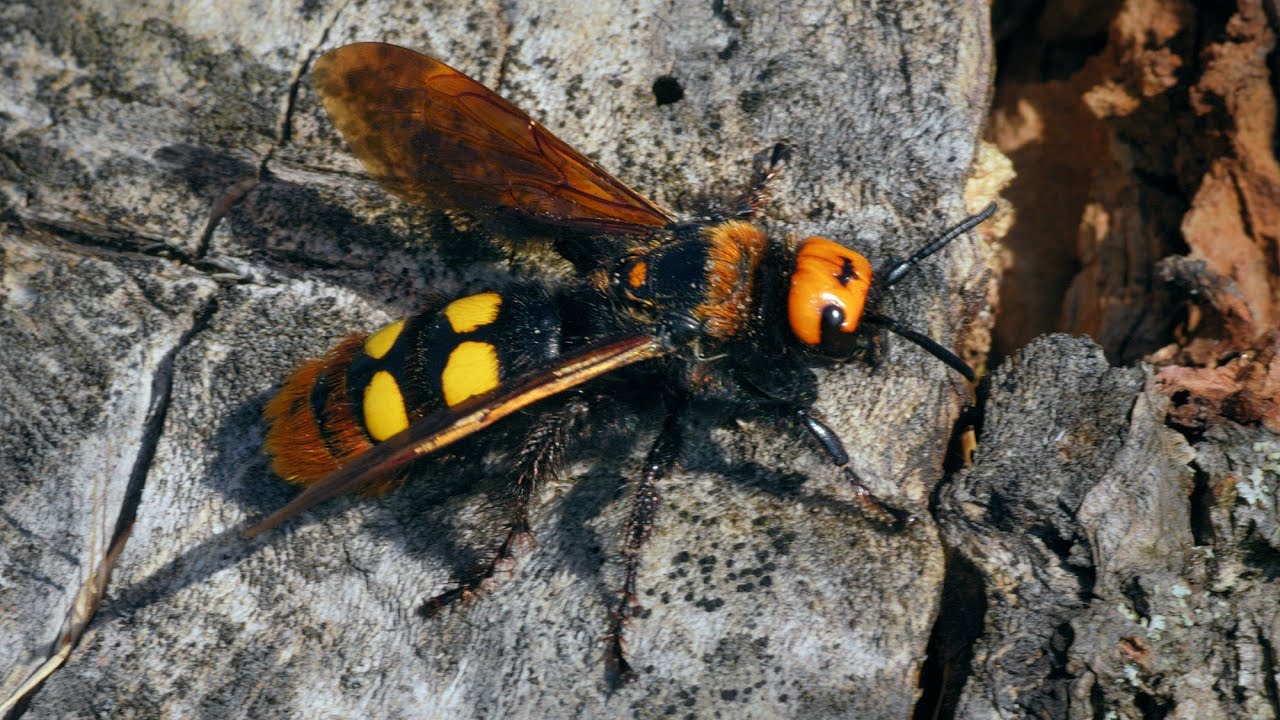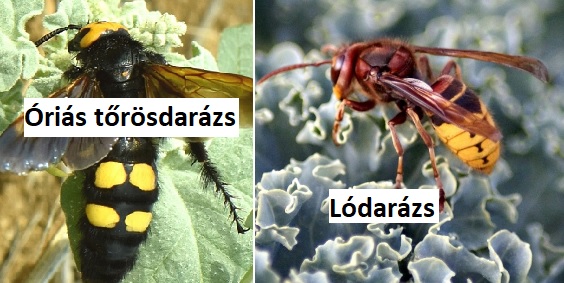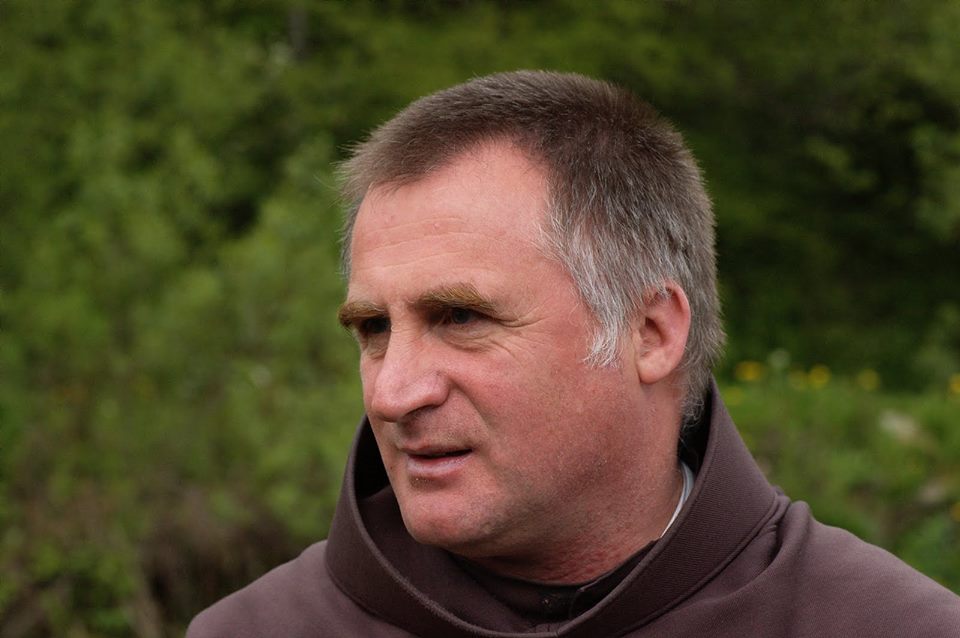In an unlikely location — on a nearly ground-level tree stump, surrounded by concrete and stone — one of our Debrecen readers spotted this beautiful winged insect. The giant scoliid wasp (Megascolia maculata) is Europe’s largest wasp, but unlike the hornet, it is not aggressive and poses no danger to humans.
This particular specimen in Debrecen was possibly in the process of laying eggs in the larva of a rhinoceros beetle — as suggested by its impressive size, indicating it’s a female.
Unfortunately, when people encounter a large insect (or any unusual animal), the first instinct is often still “where’s the flyswatter?” But just like any other species, these insects play an important role in the food chain. Habitat destruction caused by urbanization is leading to more of these “first encounters” with wildlife in cities — as seen with wild boars roaming Debrecen or the autumn panic around the appearance of Lycosa singoriensis, a native tarantula-like spider.
What You Should Know About the Giant Scoliid Wasp:
This wasp species is easy to identify by the four distinctive yellow spots on its abdomen. Females can grow up to 45 mm in length and have a yellow head, while the smaller males (around 30 mm) have a black head. Their bodies are covered with dense hairs: the upper thorax and abdomen are black, while the underside has a reddish-brown tint. Their legs bear visible spines, and their wings have a smoky-purple sheen. Their flight is loud and droning, with slow wing movement.
Habitat and Lifestyle:
Although native to southern Europe, stable populations of the giant scoliid wasp are also found in Hungary. Its distribution reaches as far as the Czech Republic, parts of Russia, and North Africa. The species depends on the presence of rhinoceros beetle larvae, in which females lay their eggs. The newly hatched wasp larvae feed first on the paralyzed beetle larva’s bodily fluids, then bore into its body and consume it from the inside. After pupating, the adult wasps emerge the following spring.
Protected Status:
Although the giant scoliid wasp — Europe’s largest wasp — does not appear on the international Red List, it is a protected species in Hungary. Its estimated conservation value is 50,000 HUF (~130 EUR), and this protection extends to dead specimens as well — meaning collecting or harming them is strictly prohibited. Despite their intimidating size and appearance, these wasps are completely harmless to humans and will flee rather than attack when disturbed.
Comparison With the European Hornet (Vespa crabro):
| Feature | Giant Scoliid Wasp | European Hornet |
|---|---|---|
| Size | Females up to 45 mm, bulkier | Workers: 25–35 mm, Queens: 40–50 mm |
| Coloring | Black with 4 yellow spots, yellow head (females) | Yellow-black stripes, orange-tinted head |
| Wings | Smoky-purple tint | Transparent with a slight brown hue |
| Behavior | Docile, avoids humans, non-aggressive | Can be aggressive, defends nest actively |
The scoliid wasp may resemble the hornet in size, but their behavior couldn’t be more different. One is feared — the other is misunderstood.



















